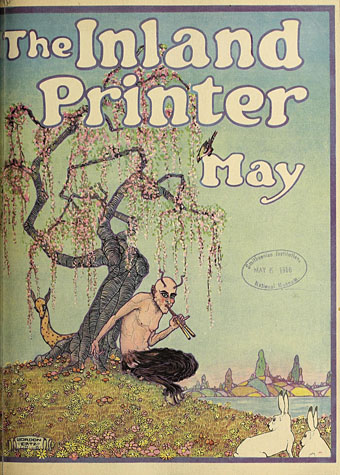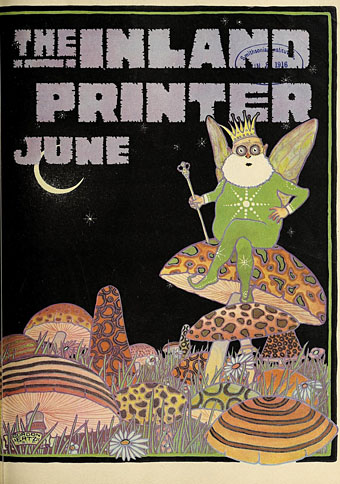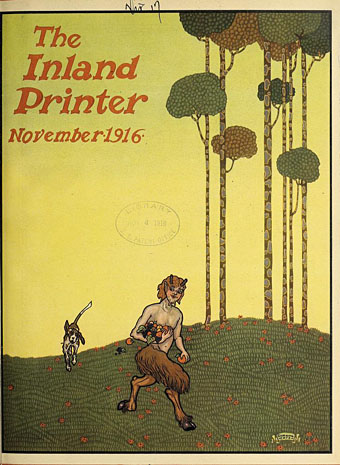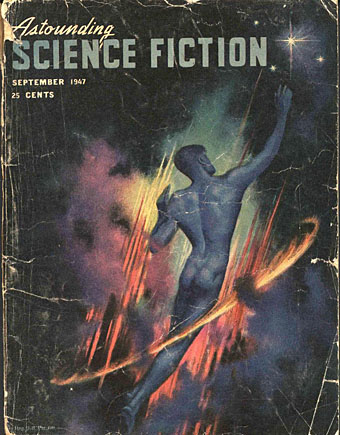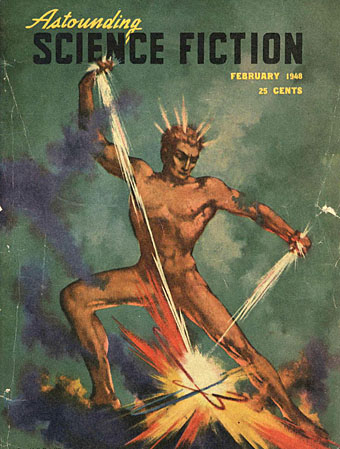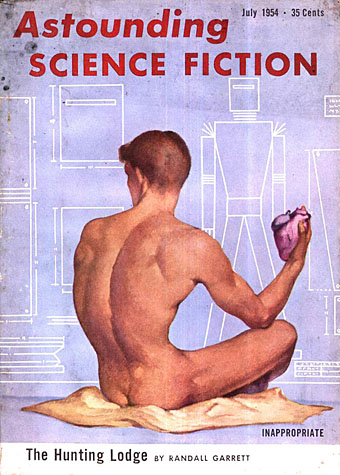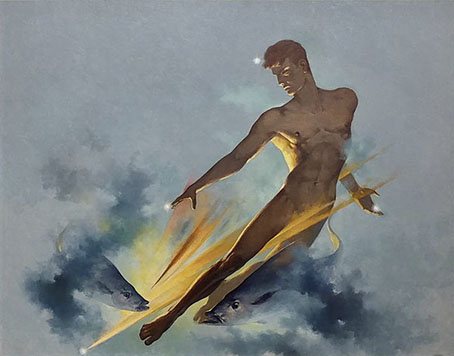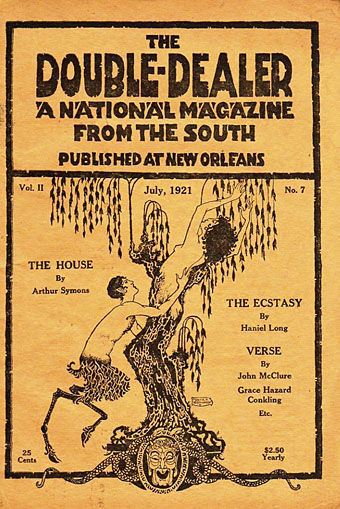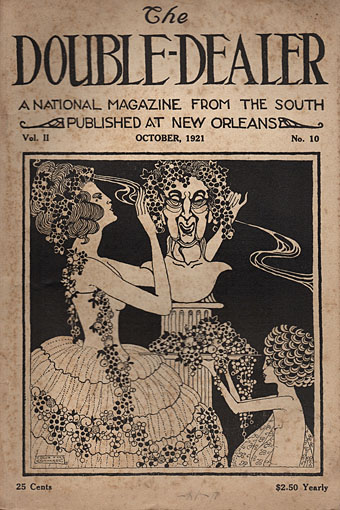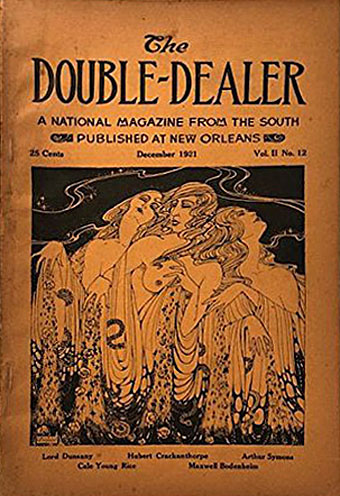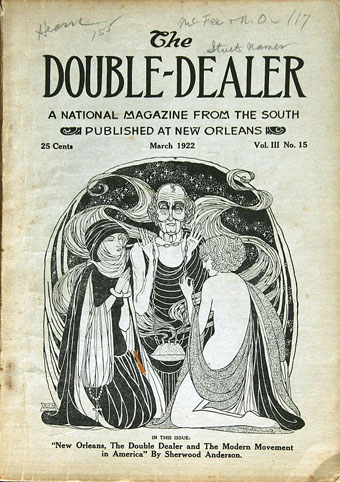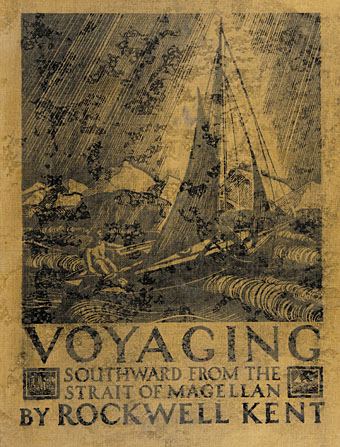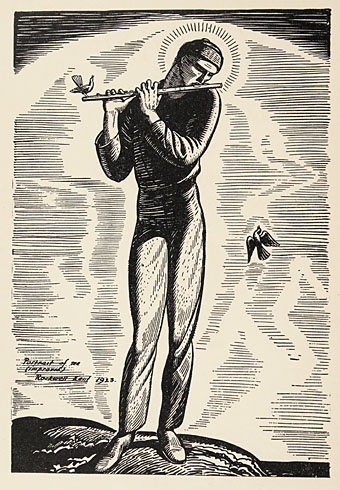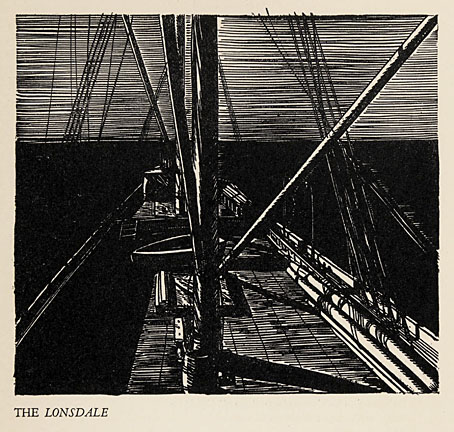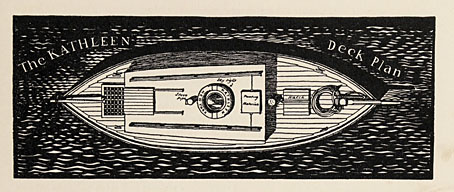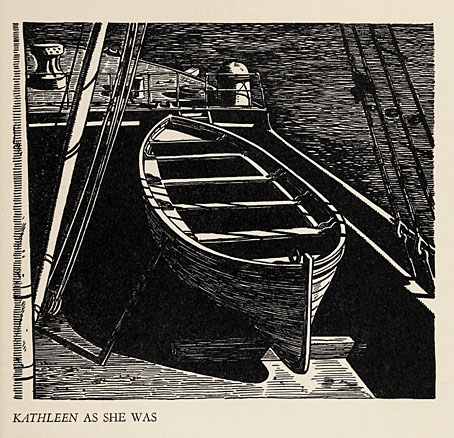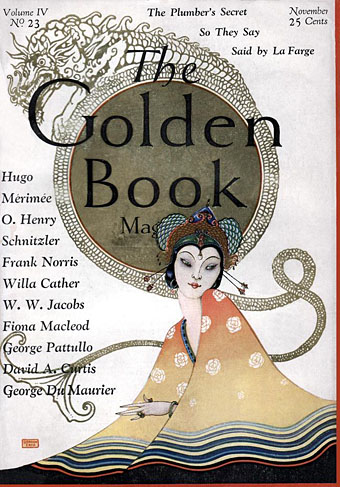
November 1926.
After posting a couple of magazine covers by American illustrator Gordon Ertz I thought he deserved a closer look, especially when documentation about his life is lacking; even the Library of Congress only lists his birth year, 1891, while nobody seems to know when he died. (Update: See the comment below by Douglas A. Anderson for biographical details.) Mr TjZ is to thank for this post (thanks!) after identifying one of the Double-Dealer covers as an Ertz. I said in a mail to Joe that I’d not seen Gordon Ertz’s name before, but a consequence of writing these posts for so many years is finding that I have mentioned somebody a decade or more ago then forgotten all about them. Thus it was with Ertz whose cover for The Golden Book first appeared here in 2010.
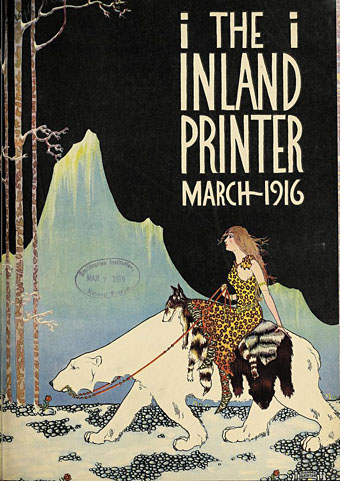
The Inland Printer was a magazine for the print trade which commissioned covers from illustrators, all of whom seem to have been given free reign. Or they were until the 1920s when the magazine abandoned this kind of frivolity. Most of the available Ertz oeuvre is magazine covers and book illustrations from the 1910s to the 1920s, but his later work includes this map from 1936 intended as a guide for the anglers of North America. The map was designed and annotated by Joe Godfrey Jr, a writer whose subsequent books about fresh-water and salt-water fish were also illustrated by Ertz.
